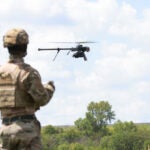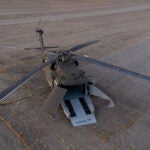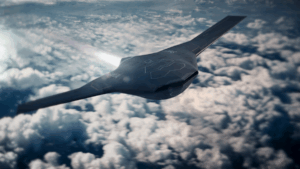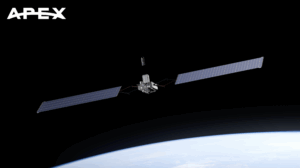
AURORA, Colo.—The National Geospatial Intelligence Agency (NGA) this week released an updated technology focus guide that for the first time delves into details of its four mission imperatives, including various technology needs, and how it will deliver these capabilities to its customers. The mission imperatives were previously released and include assured positioning, navigation, timing, and targeting (APNT&T), accelerated tasking orchestration, data access and data capability, and analytic workflow modernization. The updated guide outlines more specific investments NGA is making to…

 By
By 











